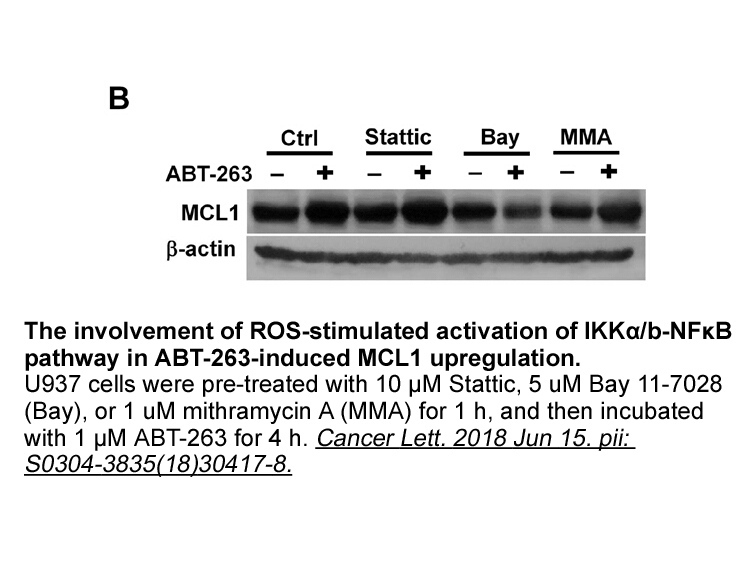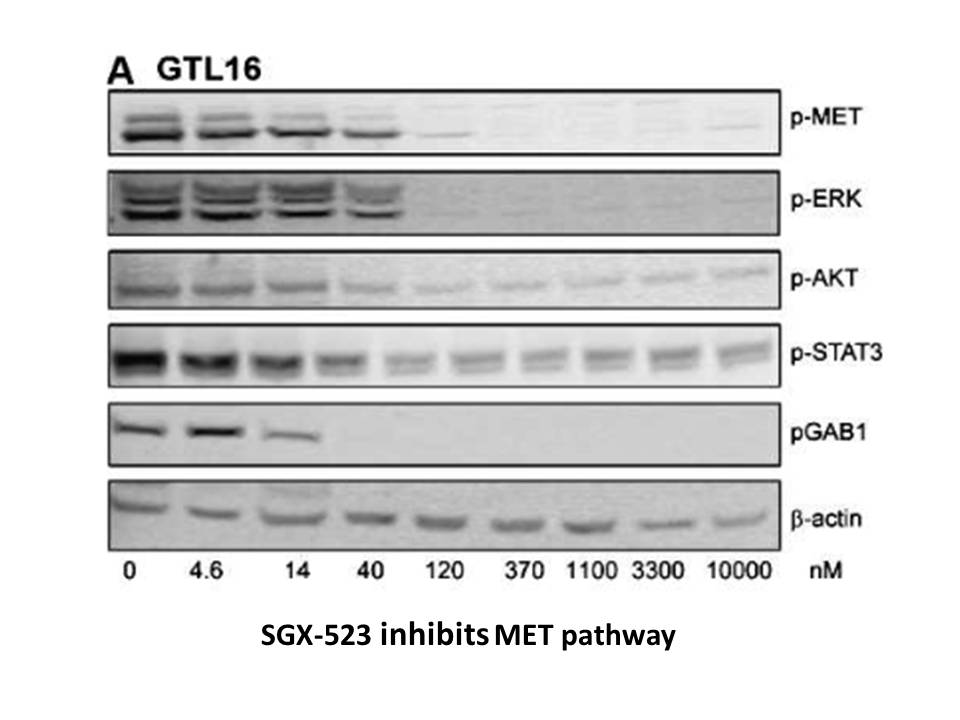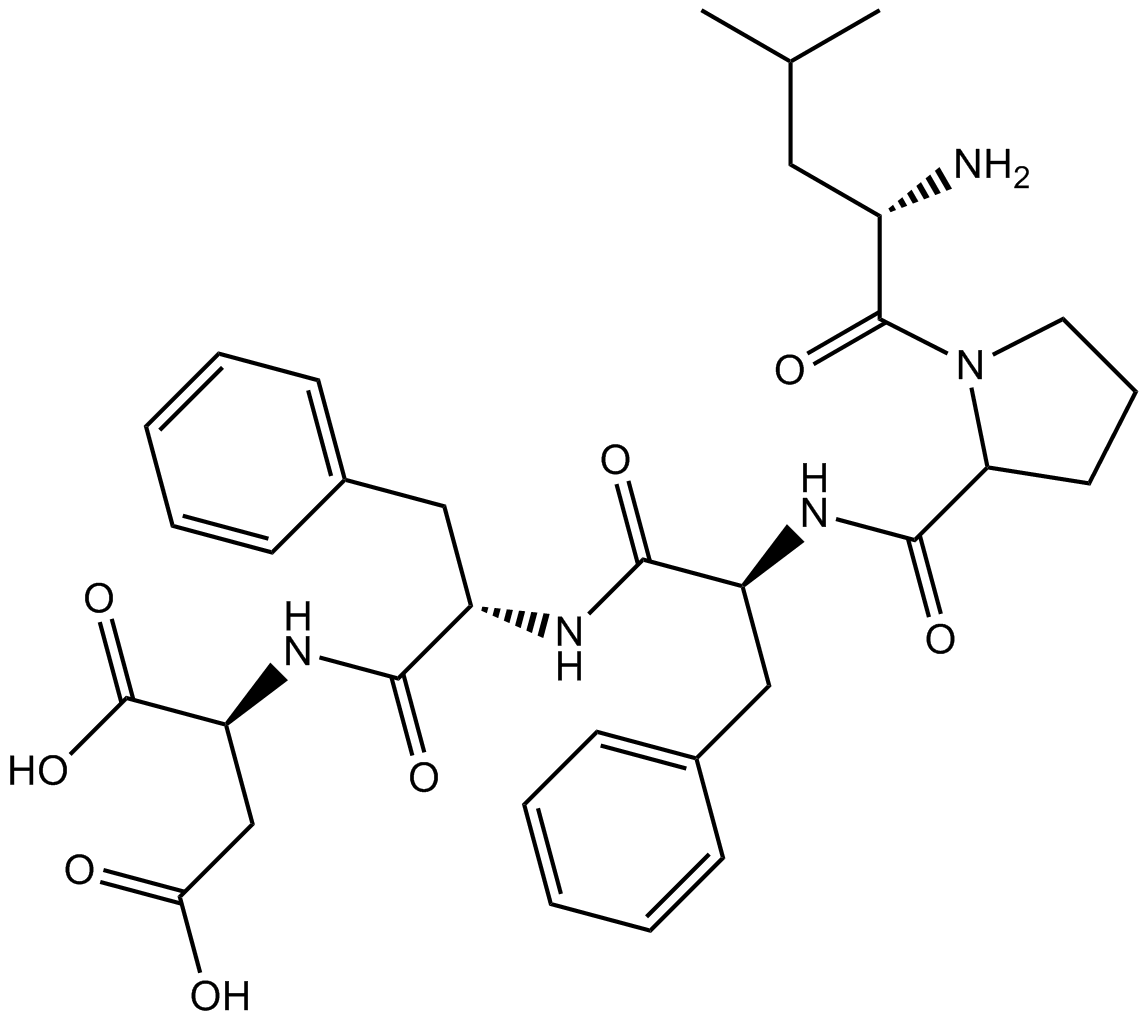Archives
- 2025-12
- 2025-11
- 2025-10
- 2025-09
- 2025-03
- 2025-02
- 2025-01
- 2024-12
- 2024-11
- 2024-10
- 2024-09
- 2024-08
- 2024-07
- 2024-06
- 2024-05
- 2024-04
- 2024-03
- 2024-02
- 2024-01
- 2023-12
- 2023-11
- 2023-10
- 2023-09
- 2023-08
- 2023-06
- 2023-05
- 2023-04
- 2023-03
- 2023-02
- 2023-01
- 2022-12
- 2022-11
- 2022-10
- 2022-09
- 2022-08
- 2022-07
- 2022-06
- 2022-05
- 2022-04
- 2022-03
- 2022-02
- 2022-01
- 2021-12
- 2021-11
- 2021-10
- 2021-09
- 2021-08
- 2021-07
- 2021-06
- 2021-05
- 2021-04
- 2021-03
- 2021-02
- 2021-01
- 2020-12
- 2020-11
- 2020-10
- 2020-09
- 2020-08
- 2020-07
- 2020-06
- 2020-05
- 2020-04
- 2020-03
- 2020-02
- 2020-01
- 2019-12
- 2019-11
- 2019-10
- 2019-09
- 2019-08
- 2019-07
- 2019-06
- 2019-05
- 2019-04
- 2018-11
- 2018-10
- 2018-07
-
GSK256066 On the other hand it was also shown
2019-05-08

On the other hand, it was also shown that multi-fraction long-course radiotherapy results in better re-calcification and fewer recurrences of spinal cord GSK256066 within the irradiated spinal region [24,25]. In case of recurrence, Nieder et al. [10] reviewed that re-irradiation of the spinal cord
-
br Conflict of interest br Authors contributions br Acknowle
2019-05-08

Conflict of interest Authors’ contributions Acknowledgements Introduction Aromatase-Inhibitors (AIs) are commonly used in the treatment of post-menopausal women with a history of hormone receptor-positive breast carcinoma, and have been shown to decrease bone mineral density (BMD) and in
-
The patient began CODOX M IVAC with rituximab PET
2019-05-07

The patient began CODOX-M/IVAC with rituximab [2]. PET and BM after 2 cycles showed complete remission (CR) and this was confirmed 3 and 6 months later after he completed the full treatment course. There was no delay in administration of each cycle (average: 19 days, 16–21). Eight months after thera
-
Introduction Atrial fibrillation AF is
2019-05-07

Introduction Atrial fibrillation (AF) is a highly prevalent atrial arrhythmia that affects approximately 10% of individuals older than 75 years of age and tends to increase in prevalence with advancing age [1–3]. Although AF itself is not life threatening, it is a risk factor for stroke, and the AF
-
Complete resection of the tumor with negative margins at the
2019-05-07

Complete resection of the tumor with negative margins at the time of diagnosis appears the most preferred mode of intervention towards favorable prognosis. It is worth mentioning that the germline perifosine of DICER1 is believed as the genetic cause in the majority of PPB; consequently, earlier de
-
The imbalances in the current R
2019-05-07

The imbalances in the current R&D system were the subject of the 2012 report of WHO\'s Consultative Expert Working Group on Research and Development (CEWG). The CEWG recommended a global binding agreement that provides a needs-driven and evidence-based framework for R&D, guided by the core principle
-
OSA is a risk factor
2019-05-07

OSA is a risk factor for hypertension and stroke in particular [6,7]. Continuous positive airway pressure (CPAP) treatment reduces deaths and cardiovascular events, and improves hypertension control [8,9]. The role of CPAP therapy on the treatment of cardiac arrhythmia is still limited. Here, we rep
-
br Discussion This patient presented with a
2019-05-07

Discussion This patient presented with a rare case of ameboma and underwent a right hemicolectomy procedure. However, the patient did not survive the surgical intervention and post-operative period due to severe sepsis. The primary reason that treatment failed was due to delayed diagnosis and tre
-
br Predictors of benefit from bisphosphonates Randomized con
2019-05-07

Predictors of benefit from bisphosphonates Randomized control studies of adjuvant BP therapy in early breast cancer show benefit related to “low estrogen states” [1,2,5,6]. Unfortunately, thus far, only one study has assessed systemic estrogen levels to substantiate these results. This is clearly
-
Rulfo emplea un s mil para describir la ca da
2019-05-06

Rulfo emplea un símil para describir la caída de Pedro Páramo, para crear el efecto de desmoronamiento del personaje. El lector o la lectora “oyen” la caída de ese cuerpo. Acompañado por una muerta, Damiana Cisneros, que en la posición de Caronte le invita al mundo de los muertos, Pedro Páramo se de
-
br India is rapidly becoming
2019-05-06

India is rapidly becoming urbanised. By 2030, around 40% of the country\'s population will live in urban areas. The extent to which India\'s health system can provide for this large and growing city-based population will determine the country\'s success in achieving universal health coverage and i
-
When the analysis was matching with propensity score
2019-05-06

When the analysis was matching with propensity score, OS was still significantly longer in JAK2+ patients (median not reached versus 73 months, p=.031) whereas JAK2 status had no significant prognostic value for OS in IPSS intermediate-2 and high patients (p=.18). Discussion In this series, whic
-
br Materials and methods The study was designed
2019-05-06

Materials and methods The study was designed as an open label, single institution phase I study at the National Heart, Lung, Blood Institute, National Institutes of Health and was approved by Institutional Review Board (NCT01629082). All patients signed an informed consent prior to enrollment and
-
br Since the publication of Stillbirths
2019-05-06

Since the publication of Stillbirths Series in 2011, attention to the more than 2·6 million stillbirths that occur every year has become more visible in global and national maternal and neonatal health strategies. However, we continue to neglect the millions of women who experience not only still
-
br Case report A year old man with
2019-05-06

Case report A 73-year-old man with HCM experienced palpitations for 6 months. A 12-lead electrocardiogram (ECG) obtained at a medical clinic showed a first-degree atrioventricular block (PR interval, 260ms), left ventricular hypertrophy (LVH) with strain-type negative T waves in V2–6 leads, and m
15777 records 1016/1052 page Previous Next First page 上5页 10161017101810191020 下5页 Last page